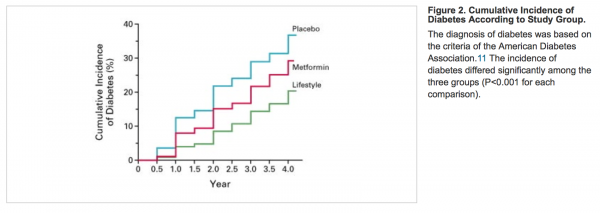As mentioned by my colleague, Juliet Silver, last week we had the good fortune of collecting in Boston for the annual Connected Health Symposium. This event takes place each October, and I learn more in the two days of the symposium than I do all year round. Now that I am on home turf, I can share my learnings because thoughts like to make friends. It’s their very nature. With that in mind, I guess we will start out with the mind…or…the glass brain to be more specific. This was presented by Dr. Adam Gazzeley in his keynote entitled “Technology Meets Neuroscience – A Vision of the Future of Brain Fitness”.
The Glass What?
Let’s first use our brain power to recollect two years ago when I mentioned that biofeedback was the big buzz at Connected Health 2014. The Sensoree technology made another appearance this year, but what caught my attention was an innovation that harnesses biofeedback in a powerful way that could absolutely change behavioral health forever. In scientific chatter, the glass brain is “a Unity3D brain visualization that displays source activity and connectivity, inferred in real-time from high-density EEG using methods implemented in SIFT and BCILAB“. In more common vernacular, smart people took brain biofeedback and provide a real-time animation that can be viewed in 3 dimensional space using a virtual reality headset.
For a demonstration, check out this video of Mickey Hart (drummer for the Grateful Dead) playing a game designed to give parts of his brain a workout. At the same time, an engineer is wearing a virtual reality device so that he can literally peer about and explore inside Mickey Hart’s brain.
Imagine a World
Now let’s imagine all of the real-world applications of this technology. One that immediately came to mind for me was the application the glass brain could have when used in conjunction with EMDR therapy to treat trauma. A doctor could literally view the brain processing in real-time and make real-time changes to treatment according to the way that the brain is working. There was also a discussion at the symposium of the overwhelming evidence that supports the use of behavioral health as a treatment for Type 2 Diabetes as shown in the chart below.
So, there you have it. This was my favorite learning at the 2016 Connected Health Symposium. Stay tuned for more subsequent posts on the topics of wearables used for emotion sensing as well as using digital devices to combat the addiction issues that are plaguing communities across the nation.

